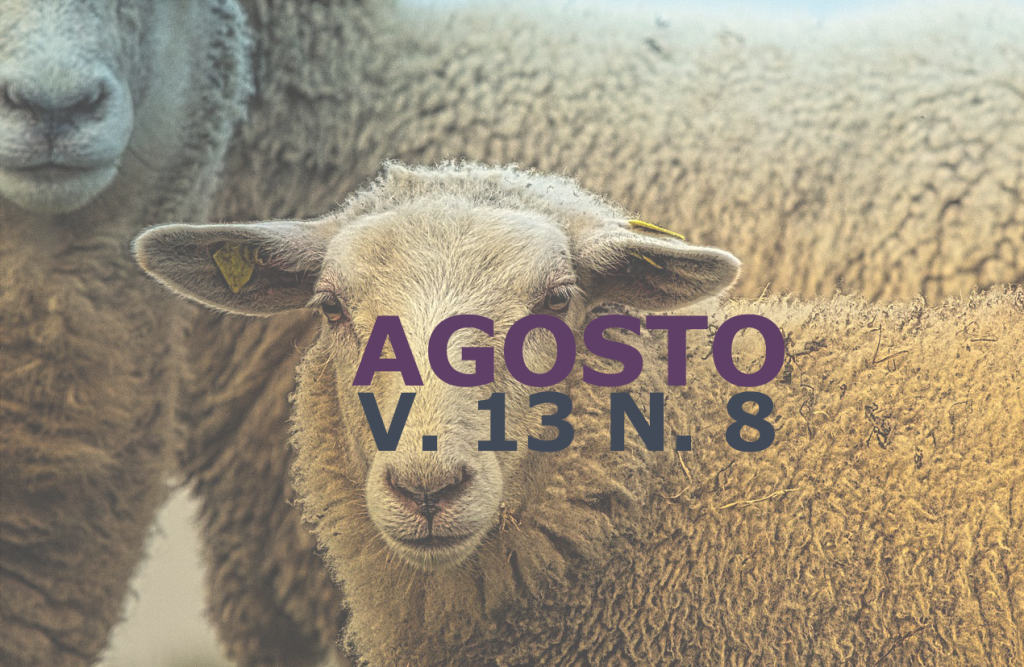Genetic improvement of xerophilic forage plants: Review
DOI:
https://doi.org/10.31533/pubvet.v13n7a382.1-11Keywords:
domestication, livestock, semi-arid, genotype selectionAbstract
Precipitation is the main climatic variable for the Brazilian semi-arid region, being a limiting factor for vegetable production, especially in regions with low rainfall. On the other hand, livestock farming is the main economic activity of this region and the production of food for animals, unfortunately, still constitutes the biggest bottleneck. The main objective of this review is to describe the genetic improvement of the main xerophilic forage plants cultivated in the Brazilian semi-arid region and of the species with potential for cultivation in areas with low rainfall records. The species described are: (Opuntia cochenillifera), buffel grass (Cenchrus Ciliaris L), cotton mocó mocó (Gossypium hirsutum L), silk flower, (Calotropis procera (Ait.) W.T. Aiton), Cereus jamacaru and Manihot. The genetic breeding program of these species begins with the formation of an active germplasm bank (AGB) and includes the realization of different strategies, such as the domestication of the species, which involves the cultivation, evaluation, agronomic and bromatological characterization of the accesses, study of genetic diversity, plant selection, hybridization, chromosomal alteration, use of biotechnology tools, among other strategies. The execution of genetic improvement programs of these xerophytic cultures becomes a necessary tool for cultivation, domestication of wild materials and obtaining new varieties, with greater potential of production and with the function of raising the income of the rural properties of the Brazilian semi-arid.
Downloads
Published
Issue
Section
License
Copyright (c) 2019 Isaias Vitorino Batista de Almeida, José Thyago Aires Souza, Mateus Costa Batista

This work is licensed under a Creative Commons Attribution 4.0 International License.
Você tem o direito de:
Compartilhar — copiar e redistribuir o material em qualquer suporte ou formato
Adaptar — remixar, transformar, e criar a partir do material para qualquer fim, mesmo que comercial.
O licenciante não pode revogar estes direitos desde que você respeite os termos da licença. De acordo com os termos seguintes:
Atribuição
— Você deve dar o crédito apropriado, prover um link para a licença e indicar se mudanças foram feitas. Você deve fazê-lo em qualquer circunstância razoável, mas de nenhuma maneira que sugira que o licenciante apoia você ou o seu uso. Sem restrições adicionais
— Você não pode aplicar termos jurídicos ou medidas de caráter tecnológico que restrinjam legalmente outros de fazerem algo que a licença permita.





